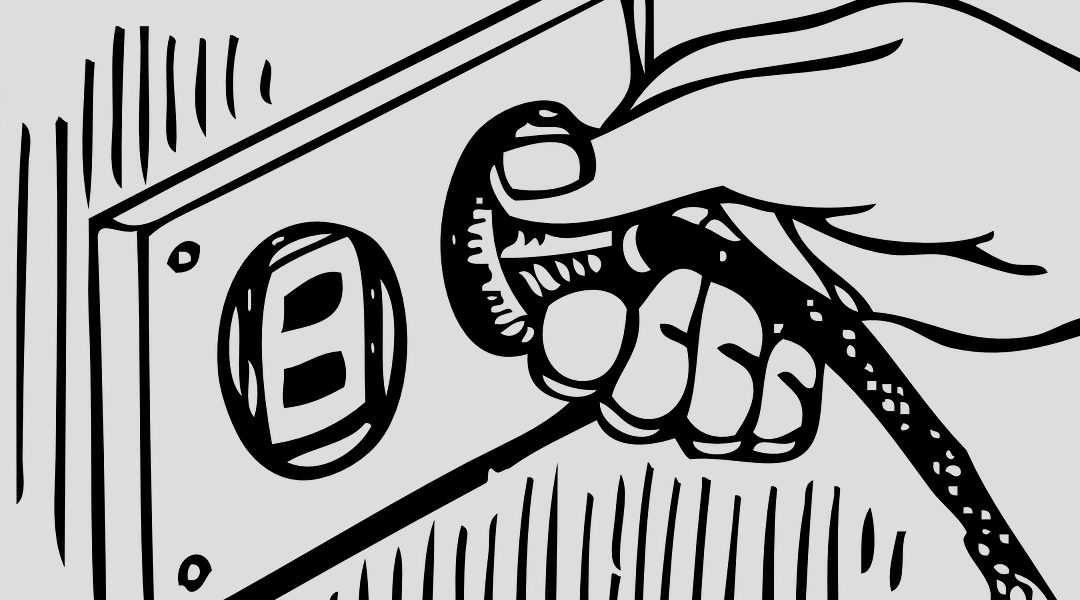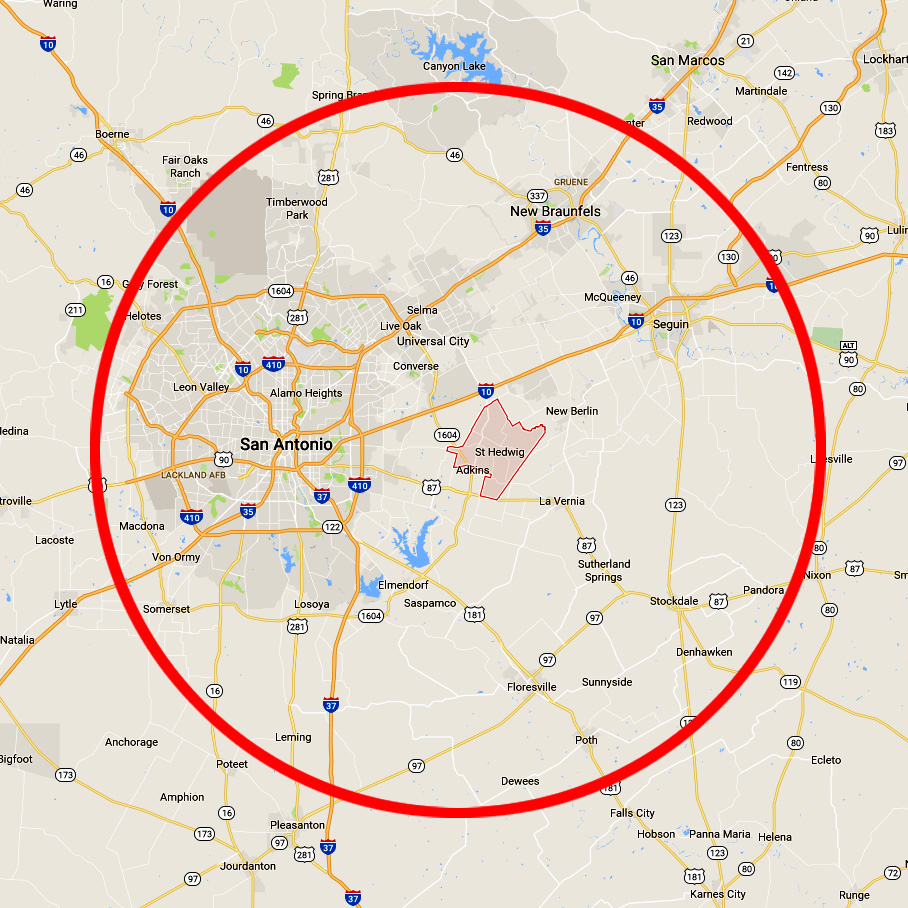Have you noticed that an outlet has been feeling warm after unplugging your electronics? Does it remain warm even when there is nothing plugged into it? An electrical outlet that is warm or hot to the touch is a problem that needs to be addressed immediately. We’ve included some ways to figure out if your outlet should be replaced:
What’s plugged into the outlet?
Products like phone chargers, printers, modems, video cameras, MP3 players, cordless drills and some small appliances all use wall warts (transformers) to convert AC to DC power. The process of changing the voltage inputs to different outputs causes the outlet to be warm. Unplug the product, wait about an hour and check the outlet again. The outlet should be normal room temperature. If you find one that is too hot to touch, it should be replaced. Also, any outlets that appear worn, broken, cracked or chipped are all conditions that can compromise the function and can cause the outlet to be warm.
Are too many things plugged into it?
Any devices plugged into an outlet should not exceed the circuits demand, and no single device should take more than 80% of the rated circuit. For example, when you plug two blow dryers into the same outlet or on the same circuit, that circuit should trip. In older homes it’s common to find extension cords, outlet multipliers, extenders, and un-fused power strips. The more of these items present in your home the greater the chance of overloading an outlet.
Is there excessive damage on the outlet?
Standard home electrical circuits are wired in a series where the circuit wires loop through the electrical box, terminate on the outlet, then continue on to the next outlet. Meaning the electrical current being used by one outlet may pass through another receptacle on the same circuit. If the current is excessive, the outlet may be warm without anything attached at the receptacle. It’s normal to have at least one outlet in the same room to be on a different circuit, this allows you to even the load requirement into multiple electrical circuits.
Is there an over-sized fuse or breaker?
Older homes tend to have fewer outlets per room and circuits that are not designed to support our copious amounts of electronics. The circuit breaker should be the lowest rated item, if your circuit was installed correctly with the wire in the wall being the highest. If there was an issue the circuit breaker would fail first. If a breaker was replaced with a higher amp breaker, the circuit can potentially become a fire risk by allowing higher level currents to pass through the circuit than it was designed for. A warm circuit is a warning sign in this case that the wiring may be operating above its rating.
SO, HOW DO I FIX IT?
WARNING! DANGER! Take extreme caution with any electrical fixture, outlet, or appliance, especially when there is a possibility that it is faulty. Do not attempt to work on anything electrical without proper knowledge or training, as dangerous and sometimes fatal electrical shock may occur. Electrical work is dangerous and should not be made into a guessing game. Call Bowman Electrical Services to help diagnose and repair your faulty outlet. (210) 667-5717
Note: If any of the outlets have extension cords, power strips, or outlet multipliers make sure they are compatible. If you have an extension cord, ensure it is rated for its use. Replace any unfused power strips with fused power strips. Don’t chain together power strips or extensions cords. Make sure to spread out plug load between outlets.
Electrical fires are an extreme danger to you and your family. If you feel like one of your outlets is too hot, check this list for tips, and if you still feel it should be replaced, call Bowman Electrical Services to diagnose and fix the problem at (210) 667-5717 or online.



